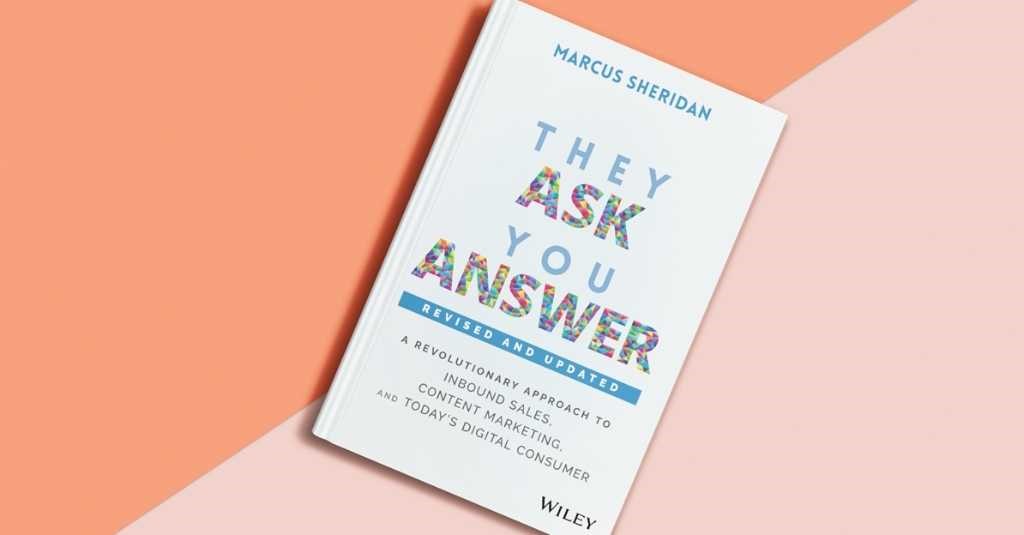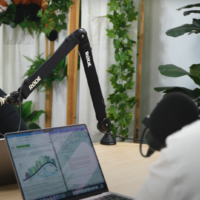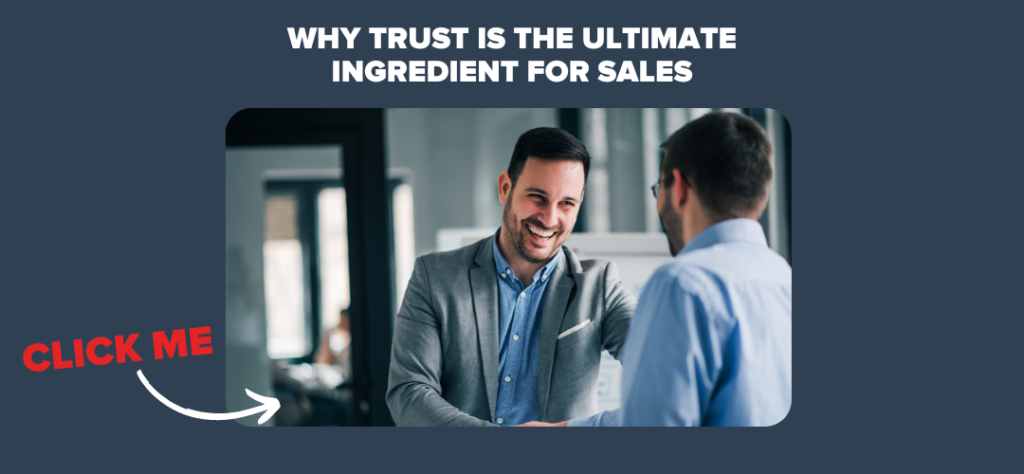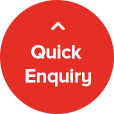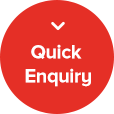Have you ever felt like you’re pouring money into paid ads only to be rewarded with leads that barely convert? You’re not alone. It’s a frustrating cycle, always wondering why your investment isn’t translating into quality leads. The truth is, there’s actually some very common reasons why you might not be generating high-quality leads via paid advertising.
But here’s the good news: with the right adjustments, you can turn the tide and start generating leads that are not only relevant but also eager to engage with your business.
In this article, you’ll learn the common pitfalls of paid advertising and you’ll walk away with actionable steps to get better results with paid advertising.
Common Causes of Low Quality Leads

Understanding why your paid advertising campaigns are generating low-quality leads is the first step toward fixing the issue. Several factors can contribute to this challenge, impacting the effectiveness of your ad spend and the overall success of your marketing efforts.
Here’s some of the common causes:
- Vague Campaign Objectives: Without a clear understanding of what you want to achieve with your paid ads, it’s challenging to target the right audience or craft messages that resonate. “Generating leads” is a broad objective; defining what type of leads, their level of intent, and how they align with your sales goals is crucial
- Misalignment Between Ad Content and Landing Pages: If there’s a disconnect between the promise made in the ad and the content on the landing page, visitors might feel misled. This misalignment can lead to high bounce rates and low conversion quality, as the expectations set by the ad are not met
- Overly Simplistic Ad Creatives or Copy: Ads that fail to communicate the value proposition clearly or do not engage the underlying motivators and pain points of the target audience can result in low-quality leads. It’s essential to create ads that not only capture attention but also hit these motivators
- Lack of A/B Testing: Without testing different elements of your ads and landing pages, it’s difficult to know what works best with your audience. A/B testing can reveal insights into preferences and behaviours, helping you optimise for higher-quality leads
- Inadequate Lead Qualification: If your lead capture forms are too simplistic or don’t include qualifying questions, you may end up with a high volume of leads that aren’t genuinely interested or ready to engage with your business. Simply adding a question in your form, such as “When are you looking to engage in this service?” can increase your lead quality significantly
- Failing to Adapt to Platform Changes: Advertising platforms frequently update their algorithms and features. Not staying updated with these changes or failing to adapt your strategies accordingly can lead to decreased ad performance and lead quality. For example, you’ll generally be able to get higher quality leads at a lower cost through Meta Instant Forms as opposed to landing pages, because Meta rewards advertisers who keep users on their platform (as of March 2024)
Before even delving into the fixes, if you just go over the above list and make sure your ads avoid those common pitfalls, you’ll likely improve your results.
In the next section, you’ll learn actionable solutions to tackle these challenges and enhance the quality of leads generated through your paid advertising campaigns.
How to Fix Low Quality Leads on Paid Ads

There’s an endless list of things you could do to fix low quality leads on paid ads, but if you follow just these 13 steps, you’ll likely improve your results.
1. Optimising Button Copy for Reduced Friction
The words you choose for your call-to-action (CTA) buttons can significantly influence click-through rates.
For example, terms like “Submit” or “Learn More” tend to be less intimidating than “Buy Now”, “Sign Up”, or “Apply Now.” These lower-friction words can increase the likelihood of a user taking the desired action.
Additionally, consider the psychological impact of your button copy. Words that suggest a benefit or a low-commitment action can make users more comfortable engaging with your content.
2. Crafting a Distraction-Free Landing Page
Your landing page should have a singular focus, guiding visitors toward the action you want them to take. Many fail by having too many places for the user to click and move away from the landing page.
Here’s what you can do:
- Eliminate navigation menus
- Get rid of unrelated links
- Remove any elements that could distract from the primary goal
- Make sure the same button is used on the landing page – don’t add different buttons
The key is to design your landing page with a clear objective in mind, ensuring that all components, from headlines to visuals, align with this goal.
3. Importance of ‘Above the Fold’ Design
The area of your landing page that is visible without scrolling (“above the fold”) is prime real estate.
In this space, you want to ensure that your main headline, subheadline, and CTA are all visible above the fold.
This design strategy helps in capturing the user’s attention immediately and encourages them to take action without the need to scroll for more information.
4. Balancing Quality and Quantity of Leads
While it’s tempting to aim for a high volume of leads, focusing on their quality is crucial for better conversion rates.
One way you can do this is by incorporating more detailed form fields in your forms. This can help in pre-qualifying leads.
However, ensure that these fields are not overly burdensome for the user. Questions that help segment and qualify leads without deterring them are essential in striking this balance.
5. Setting Up Accurate Data Tracking
Properly configured conversion tracking is the backbone of any successful ad campaign. But it’s not just about making sure everything is tracking correctly.
It’s also about sending the right signals to your ad platform. The capability of the ad platform to give you quality leads depends on how well you teach them and what data you are feeding it with. If the ad platform is optimising for too many things, this will give the platform mixed signals and it will not optimise correctly.
For example, let’s say you have a form on your landing page, but there are multiple forms on the website, and each form has a different number of fields, and across the website there are also call buttons. In Google Ads, you might choose multiple conversion events to optimise for to account for all of these different events. This isn’t essentially wrong, but a lot of times these events overlap and it creates double ups. Duplication of conversion events does not help your ad platform optimise efficiently, resulting in lower quality leads for you.
Here’s what you can do about this:
- Make sure that if you’re using Google Ads, you select just one conversion as your primary conversion goal
- Assign a monetary value to each event, even if there isn’t a real value associated with that event. For example, if filling out a form with only two fields is less valuable than filling out a form with three fields, you might assign a value of $10 to the two field form and $20 to the three field form (which assumes it is doubly as valuable to your business for someone to fill out that form). This is important because it helps tell ad platforms which conversion is more important. When you assign all with the same value, ad platforms treat them all as equal. However, if you assign an imaginary value (i.e. $10, $20, $30 etc) to each conversion event, it helps the ad platform differentiate between all of these, and stops the platform from getting mixed signals
6. Multiple Number of Fields
To ensure the quality of your leads, consider using more detailed forms on your landing pages. While it might reduce the volume of leads, adding one or two qualifying questions can significantly enhance their quality.
You should use dropdowns or selection options to make it easier for users as text fields work less well and will deter a greater number of users.
Some questions you might want to consider:
- Questions related to their urgency level, such as “When are you looking to do x?”
- Questions related to their budget, such as “How much can you invest in x, if it gave you a 2x return?”
These can help pre-qualify leads and ensure they’re more aligned with your offering.
7. Use Instant Forms and Logic-Based Qualifying Questions
Platforms like Meta have evolved their instant forms, allowing for more sophisticated lead qualification.
Logic-based questions are one way you can do this. This is where the user’s response to one question determines the next one they see. You can use this to help qualify and unqualify each prospect before your sales team even reaches out to them.
This not only improves lead quality but also keeps the user within the platform, which helps to reduce your cost per lead.
8. Create a Landing Page Experience in Instant Forms
When using Meta Instant forms, use a custom image that aligns with your campaign’s message for the form. In the past, Instant Forms would take whatever creative your ad uses as the starting image for the form. However, you can now upload a custom image for the form specifically.
This is important because it helps keep more users on the form by reinforcing your message. It might not necessarily result in higher quality leads, but if you use an image which has copy on it, and which reinforces your message, you can ensure that those who are qualified don’t drop off.
9. Full Funnel Strategy
Don’t expect to convert on the first interaction. It’s not going to happen – at least if you want higher quality leads.
The key is to use a full funnel strategy.
First, build awareness and trust through engaging content or ads that provide value. Don’t try to sell to the user. Give them value without asking for anything in return. This could be through entertaining content or informative content.
To do this, you can use brand awareness or engagement level campaigns like Video Views in Meta, for example. Many will tell you to only run conversion ads or lead ads. But you’d be surprised at how well it works when running top of funnel ads and then retargeting.
The second step is to retarget those who engaged with your initial content with more direct lead generation campaigns. This approach helps in warming up your prospects and increasing the likelihood of conversion.
But it also ensures that those you’re retargeting are actually interested because they’ve engaged in your content before.
Building trust is probably the best way to generate qualified leads online.
10. Multi-Channel Engagement
Relying solely on one platform can limit your reach and effectiveness. On top of this, there’s something known as the ‘mere exposure effect’, which suggests that when someone sees something multiple times, they begin to trust the thing they see due to familiarity.
In other words, if you want to build trust with people through your brand, then the best way to do it is by engaging users across multiple channels, as many times as possible.
Don’t just use Meta. Use Google too. And YouTube. And perhaps TikTok as well.
So, What’s Next?
t’s frustrating when the leads you’re generating aren’t meeting your expectations in terms of quality and relevance. However, understanding the root causes of why your ads may not be performing as hoped is a vital first step toward making impactful changes.
Remember, the goal isn’t just to attract any leads; it’s to attract the right leads that will add value to your business and are more likely to convert into loyal customers. It’s about creating a synergy between your ads, landing pages, and overall marketing strategy that resonates with your target audience, guiding them smoothly along the buyer’s journey.
As you could probably tell as you read this article, one theme that popped up more than once was trust.
Trust is truly the ultimate ingredient to all sales.
If you want to improve any of your digital marketing efforts, whether they be paid ads, content marketing, or an email marketing campaign, the way to do this is by building trust.

